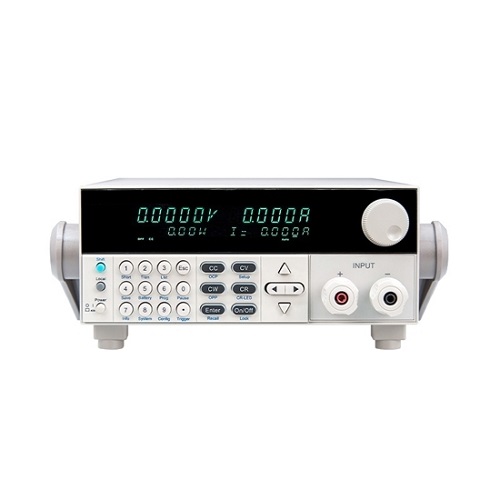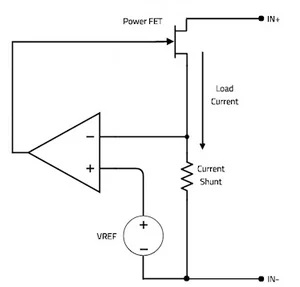How Does the Electronic Loads Work?
An electronic load is a device used in electronics testing and development to simulate the behavior of a load (such as a resistor) in various electrical circuits. Its primary purpose is to mimic the characteristics of a load that a power source, such as a power supply or a battery, would typically encounter. Electronic loads are commonly used in industries like electronics manufacturing, research and development, and quality assurance.
Key Features and Functions
Electronic loads play a crucial role in testing and developing electronic components. They simulate the electrical behavior of loads, enabling engineers to assess the performance and efficiency of power supplies or batteries under diverse conditions. These loads provide a controllable and adjustable load for testing power sources, allowing engineers to evaluate responses across a spectrum of operating conditions. Additionally, electronic loads can dynamically change their load resistance to mimic real-world scenarios where power source loads are not constant. This feature is valuable for testing power supplies in applications with fluctuating power demands. Moreover, many electronic loads offer precise control over voltage and current levels, facilitating the setting of specific test conditions for evaluating power source performance. In the context of batteries, electronic loads are used for discharge testing, enabling the simulation and characterization of battery performance. To safeguard the device under test (DUT), electronic loads often include built-in protection mechanisms that limit current, voltage, or power to safe levels, preventing potential damage.
How Electronic Loads Work
One of the most common ways to use electronic loads is in constant current (CC) mode. In this mode, the electronic load draws a constant current from the device under test (DUT) regardless of the output voltage.
The current from the device under test flows through both the power field effect transistor and the shunt resistor. The voltage on the shunt resistance is compared with the reference voltage, and the difference between the two is used to control the drain-to-source resistance RDS of the power field effect transistor. If the load current is higher than the desired constant current, the circuit will adjust the gate voltage of the FET to increase the RDS, thereby reducing the load current. If the load current is lower than the desired constant current, the circuit will adjust the gate voltage to reduce the RDS and the load current will increase.

In actual electronic loads, the VREF is provided by a digital-to-analog converter (DAC). The user sets the DAC output voltage to obtain the desired constant level. The CC accuracy specification depends largely on the accuracy of the digital-to-analog converter used in the circuit.
Constant-voltage Mode
Many electronic loads come with a constant voltage (CV) mode, where the load ensures a consistent voltage across the device being tested. This mode is particularly useful for assessing the battery charging circuit. In CV mode, a precision divider generates the feedback signal, which is then compared to a voltage reference. The output of this comparison is employed to adjust the RDS of the power field effect tube, altering the input impedance of the electronic load. This adjustment allows the load to maintain a steady voltage at the input terminal, regardless of the absorbed current. Similar to CC mode, the digital-to-analog converter typically provides VREF, and modifying its output alters the CV value.
Furthermore, modern electronic loads offer constant resistance (CR) and constant power (CP) modes. The circuits implementing these modes generally involve variations of those used in CC and CV modes.
Electronic loads are crucial tools in the design and testing of power supplies, batteries, and other electronic components. They help engineers ensure that their devices can handle varying loads and operate efficiently under different conditions. ATO provides the best electronic load to choose from, for more information about them, please go to the electronic load shopping page.

